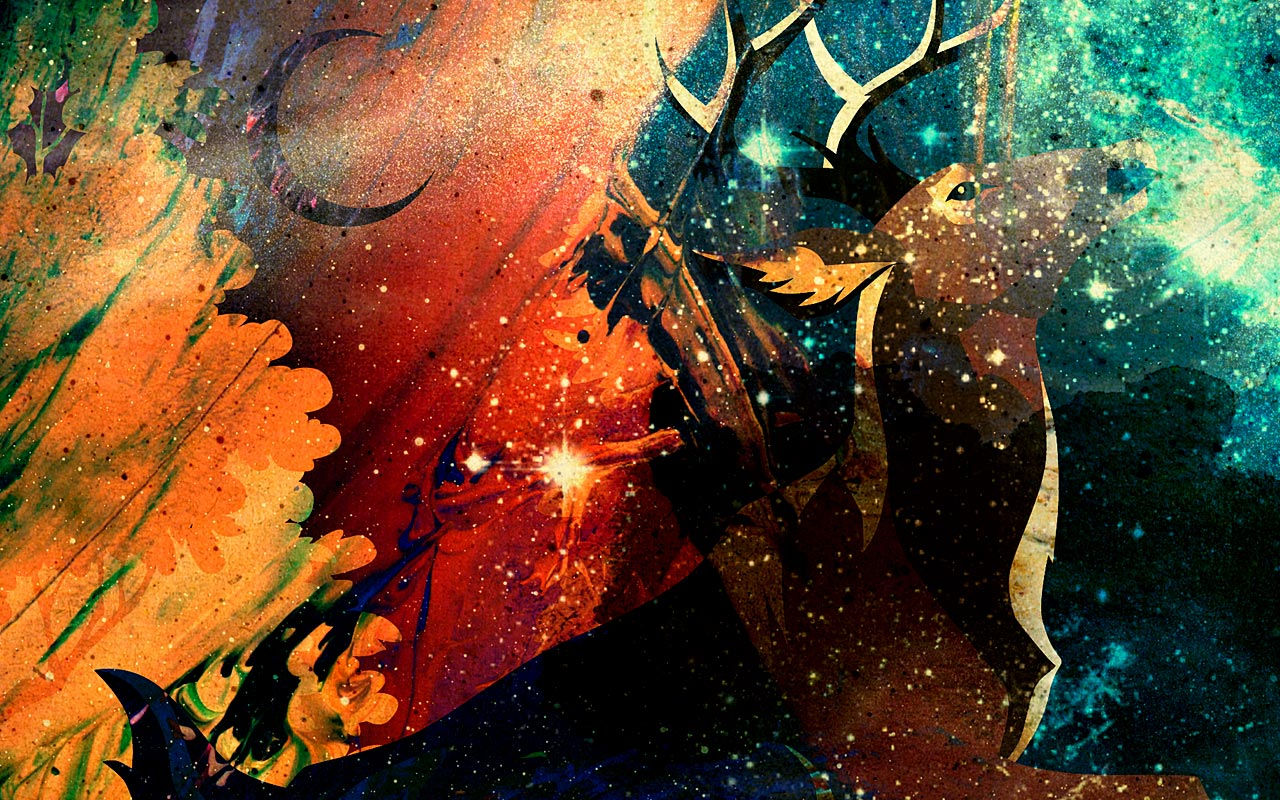
The attack on perspective
At first brush (no pun intended), Cubism appears to need little introduction, mainly because the period's leading man, Pablo Picasso, is a household name even for those who couldn’t name more than two or three artists. David Hockney said, “Cubism was an attack on the perspective that had been known and used for 500 years. It was the first big, big change. It confused people: they said, ‘Things don’t look like that!’” While the Cubist style was almost aggressively unlike any style of art that had been shown up to this point, it did not descend without warning, and its influence did not exist within any boundaries.
Pablo Picasso Is probably best known for his works that were born of the Cubist style. In the early 1900s, he painted Les Demoiselles d’Avignon (below left), which depicts three prostitutes in an overtly sexual manner. The painting was shocking even to those who eventually became a part of the Cubist movement themselves. Their faces, mask-like, are not only glaringly explicit in their sexual gazes, but are painted with a distinct air of a primitive style. This piece broke the dam for many other artists in the following years to continue painting in these shocking styles.

Pablo Picasso, 1907

Georges Braque, 1908

George Braque, 1913
So if Les Desmoiselles d’Avignon was the work that in many ways began the era of Cubism in the art world, what followed its lead? Georges Braque, whose influence was powerful across the span of many artistic periods, painted Houses at l’Estaque (above middle) as a reactionary piece to Picasso’s first entré into the world of Cubism. As the Cubist styles prevailed, Braque and Picasso played off each other in many ways, each artist taking what he learned from the other and incorporating it in new ways into their own works. Houses at l’Estaque was the first Cubist landscape, and the first of many more Cubist styles that challenged every notion of perspective that the academic artists of the time strove to preserve.
Consider one of Braque’s later works from 1913, Violin and Pipe (above right). This collage was constructed less than a decade later, and yet its style is drastically different from the earlier Cubist styles that Braque and Picasso created in tandem with each other's styles. The best kind of artistic rebellion is the kind that shocks the viewers, because what makes great art so worth considering is its value as innovative windows into the artists’ inner consciousness. Before Braque, no one had considered the possibility of creating works of great art outside the traditional media, and yet Braque’s collages further pushed the envelope in ways that allowed movements like Dada to find their place in art history. Sadly, outside of the art world, Braque’s genius is largely under recognized thanks to the constant comparison to Picasso; however, it was Braque whose challenges brought out the best in his peer, and Braque who pushed the boundaries of what it meant to be a rebel.
“Cubism is not a reality you can take in your hand. It’s more like a perfume, in front of you, behind you, to the sides, the scent is everywhere but you don’t quite know where it comes from.”